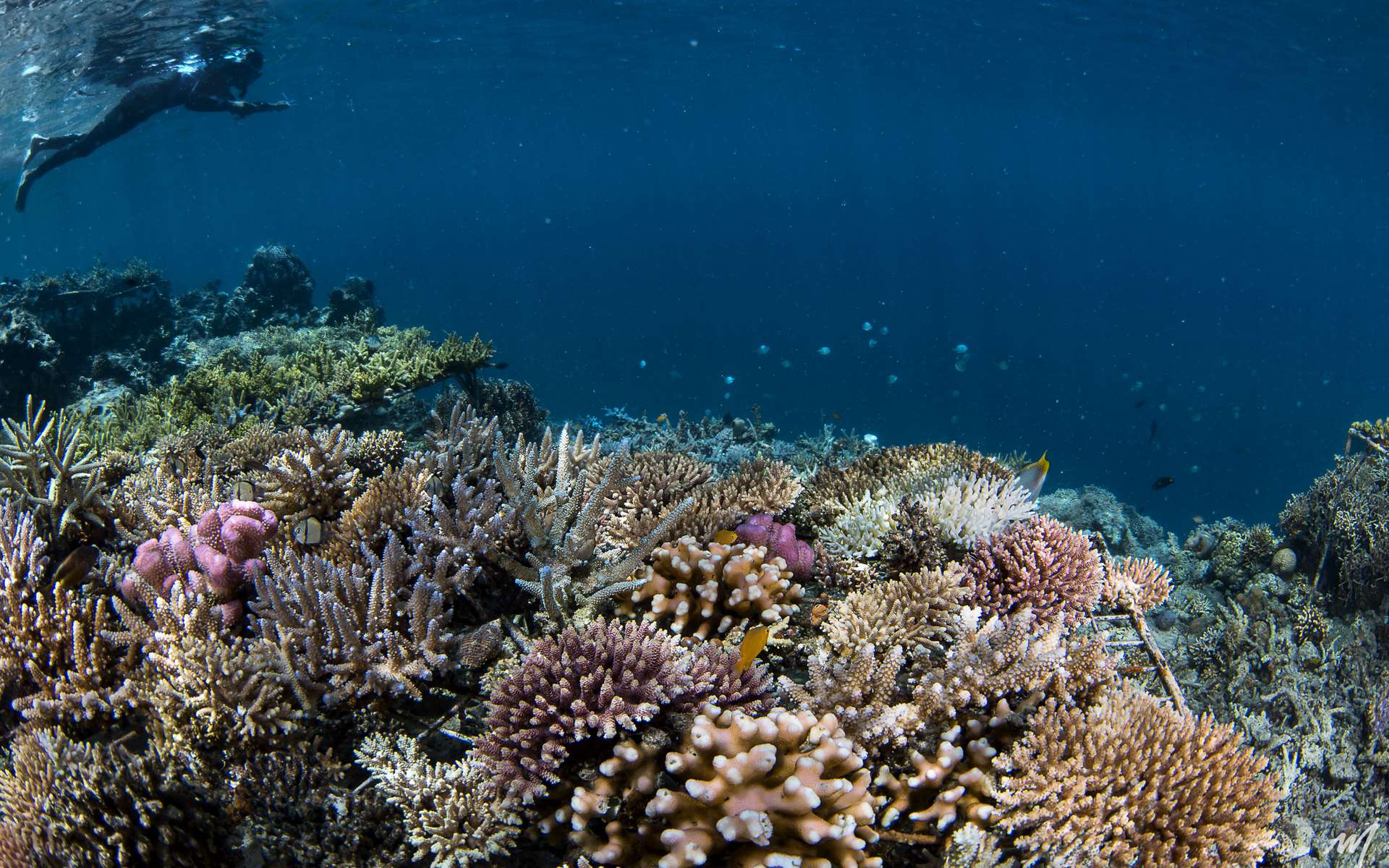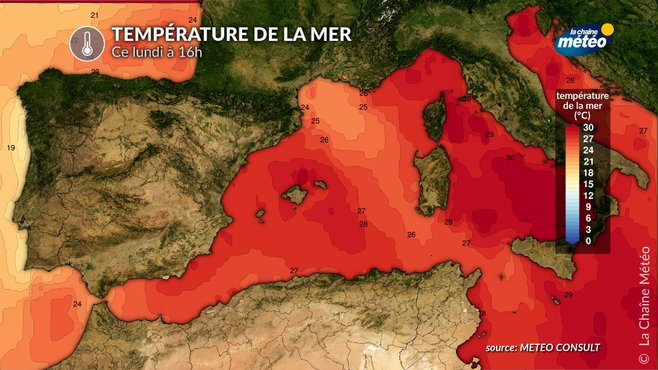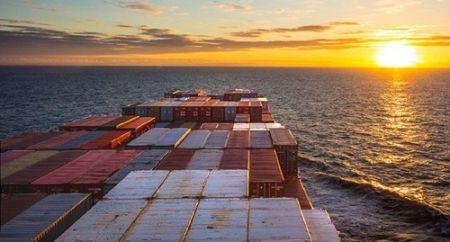Coral reefs are incredible builders, capable of transforming nutrient-poor environments into true oases of life. Yet, in the face of climate change and human pressure, their survival depends on their ability to adapt. But can we truly hope to save reefs solely through so-called « resistant » corals?

Coral is a living architect, able to survive in extreme conditions thanks to a symbiotic relationship with microscopic algae. This natural resilience often leads to the belief that some species will be able to adapt quickly enough to survive. However, this simplified view overlooks the scale of current environmental changes.
Limited Hope in Resistance
During my missions in Indonesia, I had the opportunity to observe that massive species, such as Porites, are indeed more heat-resistant, while branching corals like Acropora quickly succumb to bleaching. However, even these robust species are not immune. Resistance does not equal immortality. With the continued rise in temperatures, even the strongest species eventually give way.
Active Restoration: A Tool, but Not a Miracle Solution
Coral reef rehabilitation is not an end in itself. It allows for the involvement of local populations and the recreation of habitats, but it will not be enough to reverse the global trend. From 2015 to 2018, in our restoration projects in Flores, Indonesia, we used metal structures to transplant corals, and in less than three years, these reefs saw a 400% increase in biodiversity.
But these successes, though significant on a local scale, also highlight their limits. We cannot restore the millions of hectares of reefs lost. It is not realistic. That’s why our projects aim as much to raise awareness among communities as to physically restore the reefs. By working with Indonesian fishermen, we demonstrated that an ecosystem can be reborn, but only if it is protected in the long term. Reefs are complex living systems. They cannot simply be « repaired » like a building.
Complementary Solutions for Building the Future
To address the climate challenges, scientists are also exploring approaches based on genetics and assisted selection. Experiments have shown that certain corals can host more heat-resistant symbiotic algae, thereby increasing their thermal tolerance. However, these techniques have limits. Creating resistant corals in a lab does not guarantee their survival in nature. They must integrate into already damaged ecosystems.
It is therefore essential to act on multiple fronts:
- Reducing greenhouse gas emissions to limit warming
- Creating marine protected areas to reduce direct human pressures
- Targeted restoration, always accompanied by local community awareness
Adapted Reefs or Protected Reefs?
We will not save reefs solely with resistant corals. This is a dangerous illusion that distracts from the real causes of their decline. This conviction has been forged over years spent in the field, working alongside local communities. Coral reefs are dynamic and interdependent systems. Their resilience depends not only on the survival of the corals themselves but on the ability of the entire ecosystem – fish, algae, sponges – to function in harmony.
What I have learned is that protecting a reef means protecting an entire network of life. If we do not reduce pollution or overfishing, resistant corals will be of no use.
Conclusion: It’s a Collective Challenge
Coral reefs are at the heart of a paradox: their natural resilience gives hope, but this resilience has limits in the face of current pressures. We must stop thinking that we can rebuild a perfect world. The reality is that we must work with what we have today and do everything possible to limit the damage.
Coral restoration is a powerful tool, but it will never replace global action against climate change. Coral reefs are a stark reminder of the urgency to act to protect our planet.
Masterclass « Understanding Coral to Better Protect It » by Martin Colognoli
This Masterclass aims to raise awareness among as many people as possible about coral reef preservation. Through four episodes, it allows for discovering coral biology, the threats they face, and concrete solutions to protect them, all based on my 15 years of field experience. It’s a beautiful mix of biology and marine ecology, underwater photography, and field stories up close to the coral.



